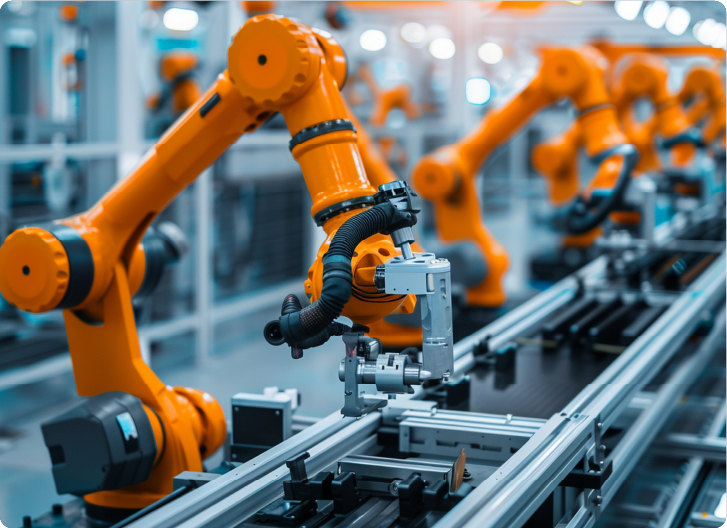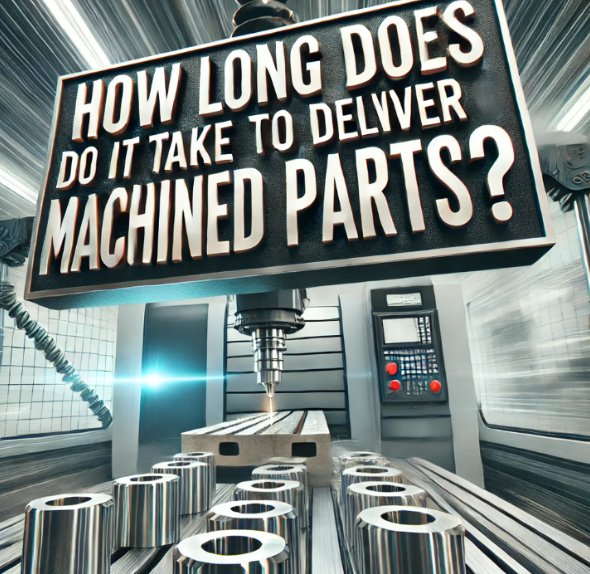
CNC machining, a manufacturing process for making precision parts within different industries. Nevertheless, the delivery time of parts machined in CNC machines depends on various factors, i.e., design complexity, material selection, and production volume. This can help businesses in planning their projects to avoid delays.
This article involves general delivery timeframes, lead times that are influenced by factors, and effective methods to improve production efficiency.
CNC-machined parts have an overall delivery time based on their complexity, precision, and processing requirements. The simple parts take a few days to deliver. While moderately complex and highly complicated parts in a few weeks, because of the extra machining and being quality control steps involved.
This helps in understanding better the timeframes of production planning and scheduling.
Most commonly, if the parts are basic CNC machined parts, such as small brackets, bushings, or plates with little complexity, then they can often be delivered in as little as 3-5 days. The pre-programmed bits do not require much in the way of programming or tooling; they are fast to make.
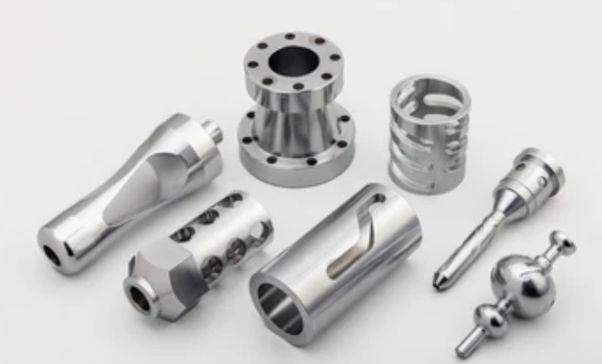
Typically, these parts require 7–14 days of lead time. They are moderately complex, such as containing multiple machining operations, requiring tighter tolerances, or having more intricate geometries. However, the time added in these secondary processes can slow production.
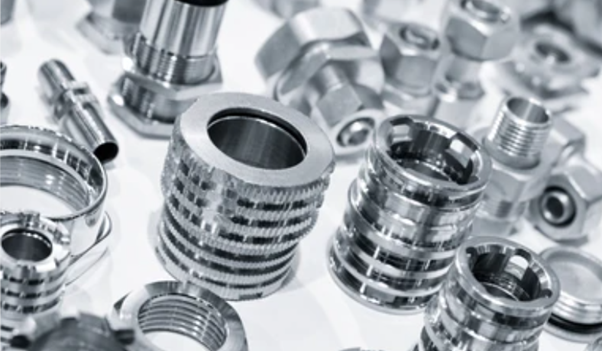
CNC parts that are highly intricate, e.g., Aerospace components with small features, tight tolerances, and custom tooling requirements, may take 3-6 weeks or longer. Production and delivery times are extended due to multi machine, custom fixtures and a long cycle quality control check.
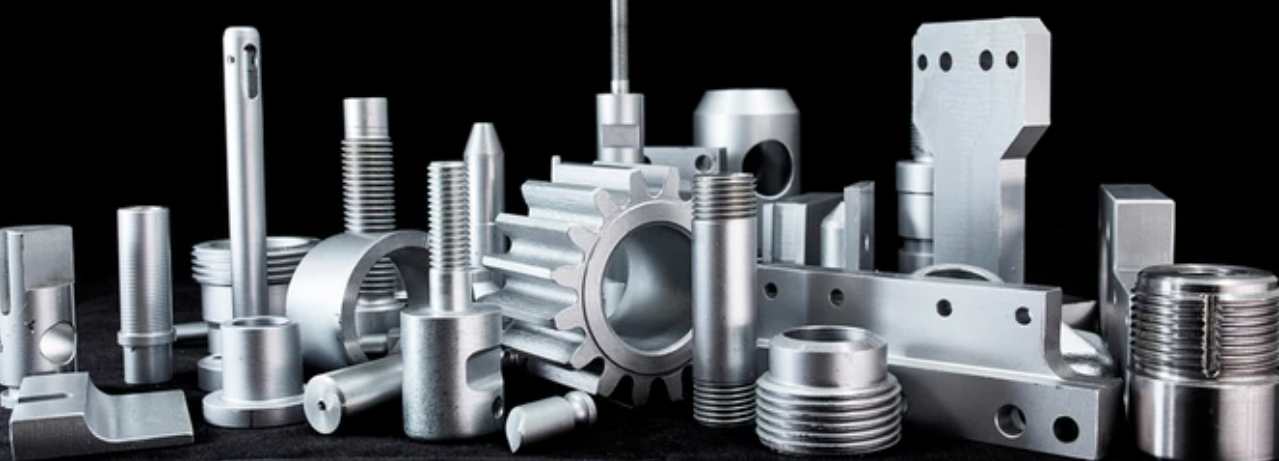
Factors that affect the lead time for CNC-machined parts include the complexity of the design, material selection, and production capacity. Longer machining times are needed for intricate designs, and harder or rarer materials can delay procurement and processing.
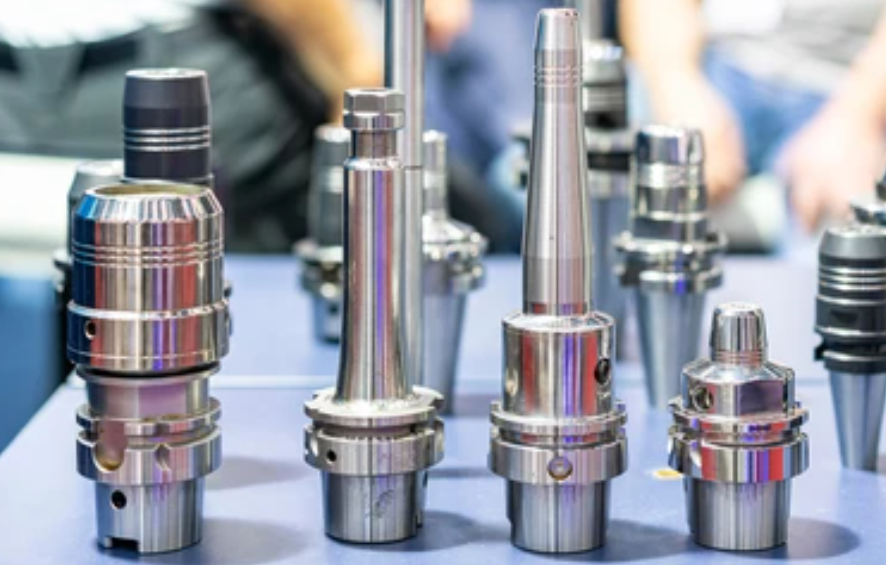
Turnaround times can change due to tighter tolerances, less batch volume, subsequent post-processing, and supplier workload. Knowing these factors aids in minimizing delays and optimizing production schedules.
This way, parts with complex geometries, deep cavities, thin walls, and fine features require more machining time since they require more tool paths and special tooling. The other problem is that complex designs may also require multi-axis machining, which extends the overall production duration.
The materials, such as aluminum and brass, are easier to machine and more widely available than titanium, which means shorter lead times. However, while machining speeds run slower with harder materials like titanium or Inconel, the time required for processing also increases because of specialized tools. Different rare or custom materials can add procurement orders.
Precision machining takes more time, the cutting speed is slower, and there is more inspection for quality in parts that have tight tolerances (e.g., ±0.001 inches) or high-quality surface finishes. The production time is further increased by secondary finishes such as polishing, grinding, and coating.
Setups, tool wear, and quality control inspections normally extend the time it takes for larger production runs. Economies of scale are beneficial with bulk orders, while small batch runs or prototypes are often the quickest as they require little to no setup adjustment.
Thus, advanced CNC machines, milled with high speed and multiple axes, such as multiple operations, may be reduced to one setup and hence gain machine time. On the other hand, older or less sophisticated machines need multiple setups and thus extend the lead time.
Post-processing treatments like anodizing, heat treatment, electroplating, and painting cause additional time to the production cycle. With these services outsourced, there will be additional time to consider.
CNC machining lead times are affected by the supplier’s current workload. New projects may face delays if a manufacturer has an awaited backlog of orders. Reducing lead times can be done by choosing a supplier with the flexibility to provide capacity and scheduling.
The CNC machining processing cycle is divided into several stages that compound lead time. The number of ‘hands-on’ times during the cycle depends on part complexity, material availability, and whether your supplier has capacity available. This includes a breakdown of every stage below:
Engineers will then review the CAD (Computer Aided Design) file and convert it to a CAM (Computer Aided Manufacturing) instruction before machining begins. This step involves:

After finalizing the design, manufacturers have to find the required raw materials. The time needed depends on:
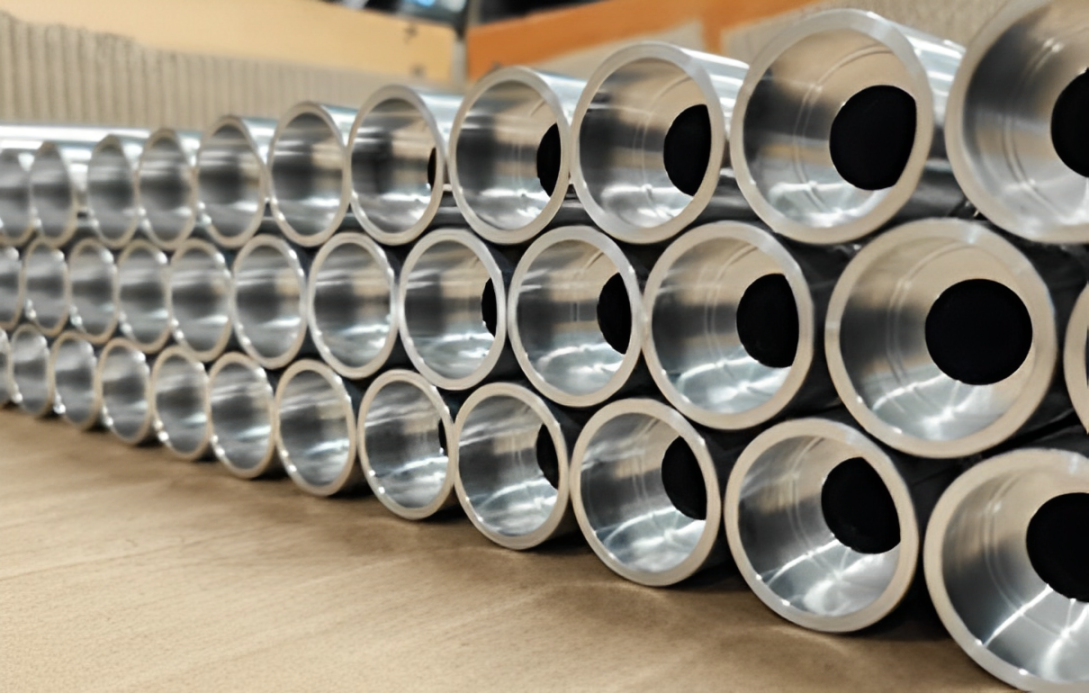
The main work of CNC machines takes place during this process through:
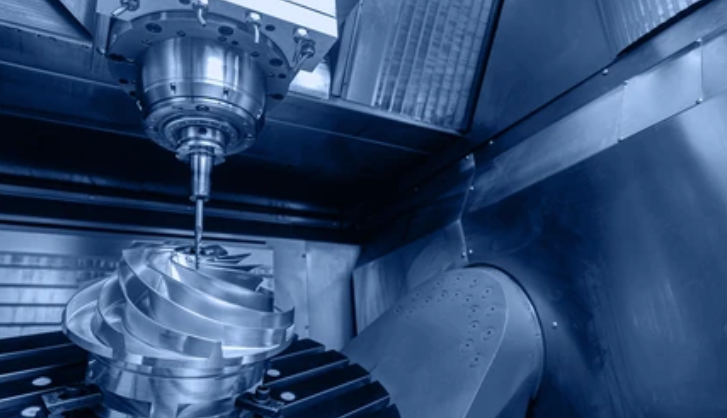
When machining, finished parts need supplementary procedures that enhance durability with surface characteristics and operational capability. Common post-processing steps include:
The duration of required treatment determines processing time between one and seven days.
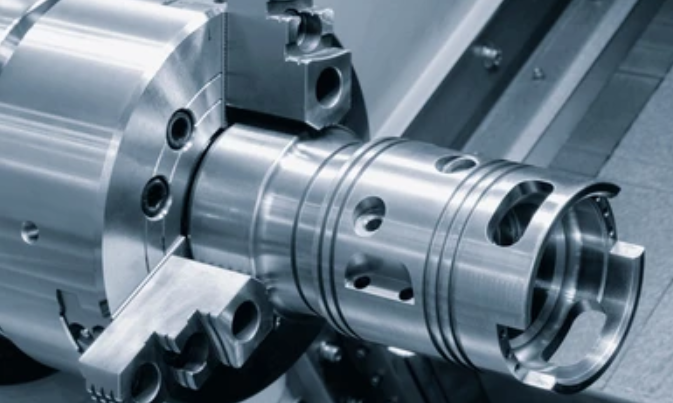
Manufacturers inspect post-processed products to validate their compliance with engineering specifications. Inspection methods include:
Dimensions are measured by operating calipers or micrometers and CMM (Coordinate Measuring Machine).
The inspection protocol requires parts to have safe packaging before shipping to avoid transport damage. The shipping time depends on:
The following table gives the approximate time for each process;
| Stage | Time Required |
| Design & Programming | 1-3 days |
| Material Procurement | 1-10 days |
| Machining | 1-14 days |
| Post-Processing | 1-7 days |
| Quality Inspection | 1-3 days |
| Packaging & Shipping | 1-7 days (varies) |
| Total Lead Time | 3 days to 6+ weeks |
The manufacturing industry estimates lead time accurately using different ways. They are experts in quoting lead times and efficient scheduling.

A method for machining time estimate is estimated as Material Removal Rate (MRR):
Distance between the surfaces and the volume of material that needs to be removed.
MRR=Cutting Speed×Feed Rate×Depth of Cut
Manufacturers can calculate the total machining time for a part by MRR.
There is always a cycle time that a machine takes to do one part (tool change & movements). We can approximate it using standard formulas.
This method is helpful in a batch production line where setup time is an important factor,
In families, companies frequently rely upon past projects to approximate figures for lead times of like parts. This approach provides:
Example:
So, for example, if a shop has mined a similar aluminum bracket before in 7 days, a new order for a slightly modified bracket may also take around 7 days.
Computer-assisted manufacturing (CAM) software these days can simulate machining operations and predict:
The accuracy improves, and lead times are also optimized before commencing production using software simulations.
The fast-track route to CNC machining services is used to attain such tight deadlines at an additional cost over normal. This is due to rush shipping and priority scheduling. The lead times are shortened by using available materials, designing efficiently, and employing only fast-track manufacturers. Local suppliers offer quicker turnaround, while international suppliers are at the mercy of customs delays.
Rush orders are suitable for short-term deadlines but are more expensive because of priority scheduling and rush shipping.
Rush machining is more expensive due to overtime labor, priority scheduling, and expedited freight fees. This combination of time and expense is the most significant consideration in effective order planning.
Supply chain and logistics play a vital role in CNC machining lead times. Local components can be supplied rapidly, but imported components are at the mercy of shipping and customs clearing delays.
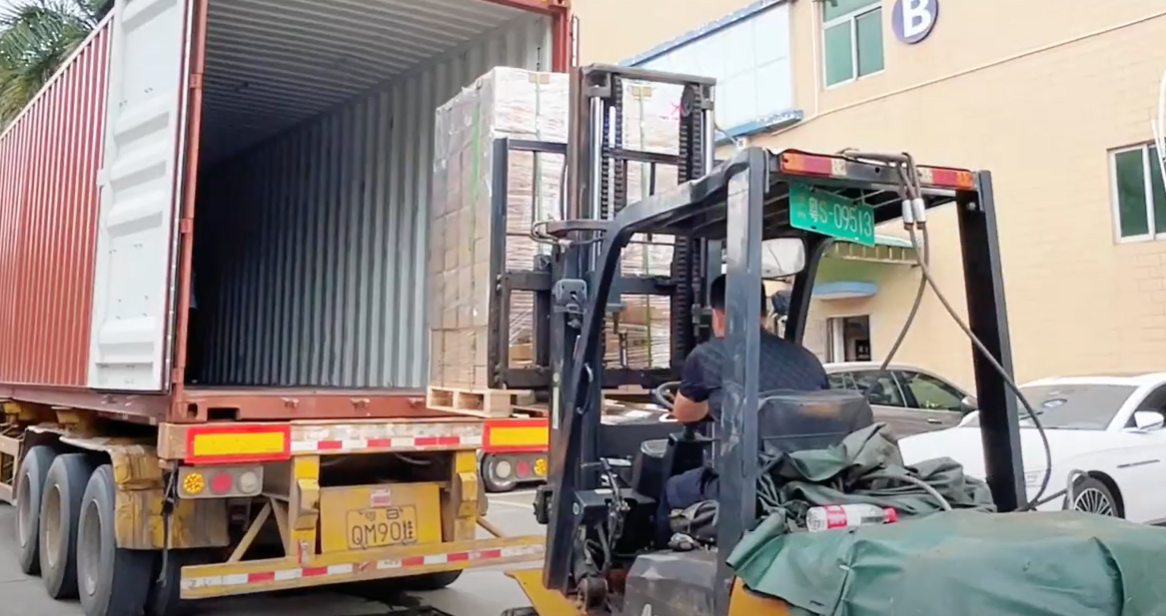
Shipping options affect delivery time, with standard shipping taking 3-7 days, express shipping 1-3 days, and bulk freight orders 1-4 weeks.
Cross-border transport will encounter regulatory hurdles such as customs declarations, inspections, causing delays in transportation.
Reducing lead times means providing accurate CAD models, selecting available materials, and minimizing part geometry. Having in-house post-processing suppliers reduces delays and accelerates production.
The supply of accurate CAD drawings reduces design clarifications. The standard materials use avoids procurement delays, whereas the parts design simplification decreases machining complexity and processing time.
Choosing a supplier with an on-time delivery history ensures smooth production. Having on-site post-processing manufacturers avoids the delay that comes with outsourced options.
Removing unnecessary close tolerances and simplifying complex features enhances machining efficiency. Selecting machining-friendly materials also speeds up production.
In conclusion, CNC machined part delivery time depends on how difficult the design is, what material you choose, supplier working time, and what you use to transport your machined part. Once you know about controlling lead times, you’ll know how to plan your projects. Besides this, you will also learn about exponential options (when needed) are to make it fast. So, factors like parts designs, the right supplier, and best in supply chain management can help reduce turnaround times significantly.
Q1. On what lead time can I get CNC machining the fastest?
CNC machining providers will handle expediting CNC machining within 24–48 hours.
Q2. How can I minimize my lead time for CNC parts?
Choose the materials based on instantaneous availability, maintain the part design simple, and engage the supplier who will respond promptly.
Q3. Do complex parts of CNC machines take longer?
Yes, intricate geometries, tight tolerances, etc., take time.
Q4. Is overseas CNC machining slower than local production?
Overseas production may take longer for the shipping and customs clearance, but it may be cost-effective for bulk orders.
Q5. How are rush CNC orders priced?
Rush CNC orders are often costly because of extra prioritised processing, more labor, and premium shipping services.
